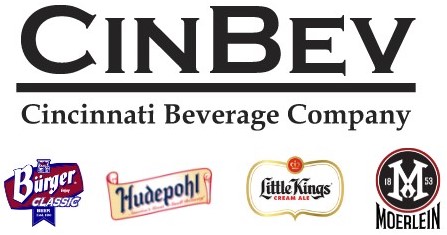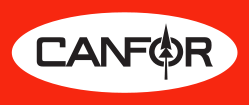Title Page
-
Site conducted
-
Equipment
-
Conducted on
-
Prepared by
-
Auditor Signature
-
Co-Auditor, if applicable
Requirements for all Safeguards
-
Do the safeguards prevent employees’ hands, arms, and other body parts from contacting dangerous moving parts?
-
Are the safeguards firmly secured and not easily removable (i.e., specialty tool needed for removal)?
-
Do the safeguards ensure that no object will fall into the moving parts?
-
Do the safeguards permit safe, comfortable, and relatively easy operation of the machine?
-
Can the machine be oiled or periodically adjusted without removing the safeguard?
-
Is there a system for shutting down the machinery before safeguards are removed?
Mechanical Hazards
-
Is the point-of-operation safeguarded for the machine?
-
Does it keep the operator’s hands, fingers, and body out of the danger area?
Power Transmission Apparatus
-
Are there any unguarded gears, sprockets, pulleys, or flywheels on the apparatus?
-
Are there any exposed belts or chain drives?
-
Are there any exposed set screws, keyways, collars, etc.?
-
Are starting and stopping controls within easy reach of the operator?
-
If there is more than one operator, are separate controls provided?
Other Moving Parts
-
Are safeguards provided for all hazardous moving parts of the machine including auxiliary parts?
-
Are all moving drive components guarded – gears, sprockets, pulleys, chains, belts, fly wheels, shafts, cylinders, fans, etc.?
-
Are all exposed shafts with the length exposed at more than half their diameter properly guarded?
Non-mechanical Hazards
-
Have appropriate measures been taken to safeguard employees against noise hazards?
-
Have special guards, enclosures, or personal protective equipment been provided, where necessary, to protect employees from exposure to harmful substances used in machine operation
Electrical Hazards
-
Is the machine installed in accordance with National Fire Protection Association and National Electrical code requirements?
-
Are there loose conduit fittings?
-
Is the machine properly grounded?
-
Is the power supply correctly fused and protected?
-
Do employees occasionally receive minor shocks while operating the machine?
Safety Circuitry
-
Are adequate emergency stops provided within the operators reach?
-
Are the emergency stops colored red with a yellow background?
-
Does the machine have redundant safety circuitry?
-
Are all safety interlocked switches, emergency stops, contacts, and devices in good working condition and operating as they should?
Machinery Maintenance and Repair
-
Are energy isolation disconnects installed for each type of energy identified on the machine?
-
Is there a machine specific LOTO procedure written for the machine?
-
Are employees trained as LOTO authorized users who perform any maintenance or repairs on the machine?









